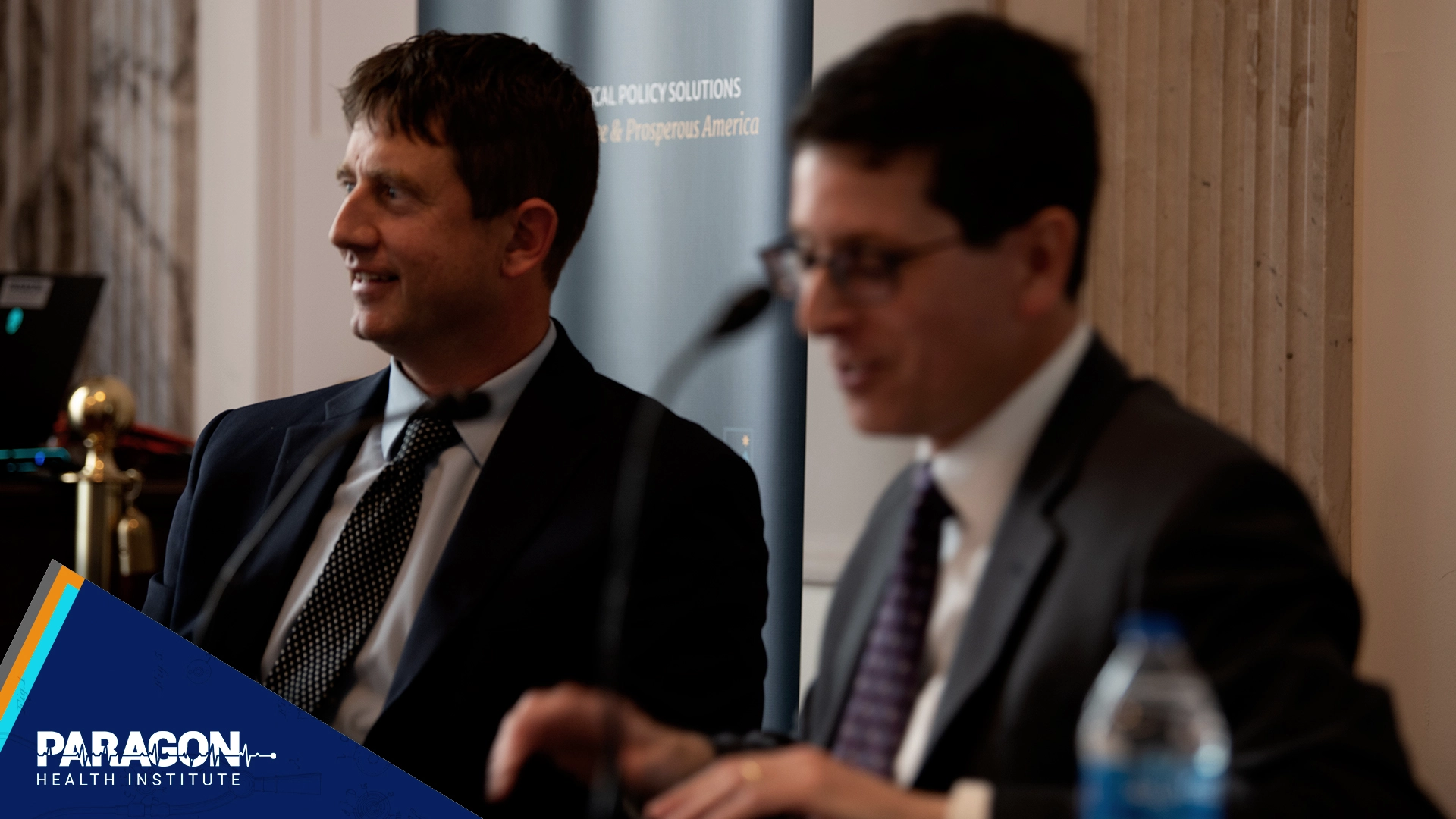In an improved form, it could curb costs and inject more competition and choice into the insurance market.
Like the phoenix, a key piece of the Affordable Care Act has risen from the ashes, resurrected, believe it or not, by the Republican Study Committee — a caucus of conservative House Republicans. The RSC proposed capping the tax exclusion for health benefits that is currently available for employer-sponsored health insurance (ESI) and extending the same level of tax exclusion to all Americans regardless of where or how they obtain their coverage. The proposal echoes and improves upon the ACA “Cadillac tax” and deserves bipartisan consideration to combat inflation of health costs.
Current law excludes ESI premiums — both the employer and the worker shares — from an employee’s gross income that is normally subject to income and payroll taxation, even though employers can deduct these payments as business expenses. This is the tax code’s largest tax expenditure, reducing federal revenue by almost $3 trillion between 2019 and 2028. It encourages employers to substitute untaxed health-insurance expenditures for taxed wages and employees to obtain their health coverage at work. Economists have long regarded the exclusion as economically inefficient and regressive.





